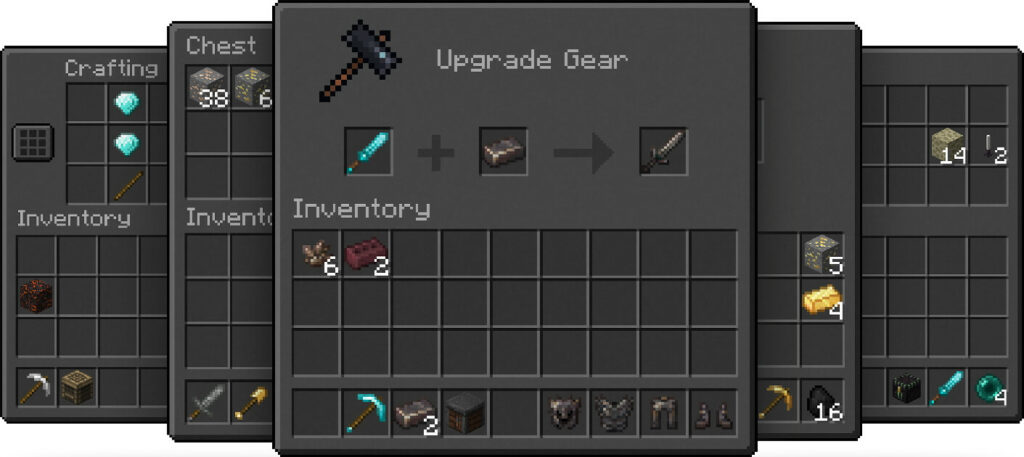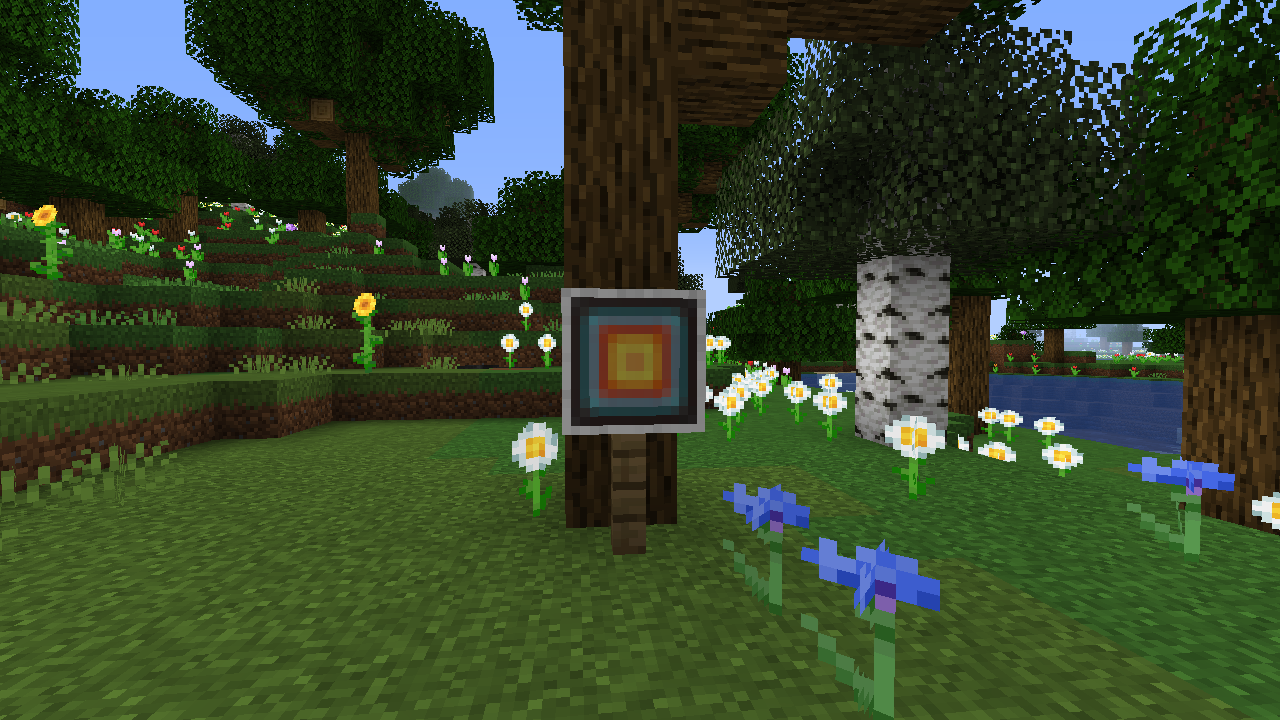

Refer to documentation about Selecting items for the Objects for Packing list for more information.It’s safe to say that the developer of this resource pack believes in staying true to the elements that made vanilla Minecraft famous. Unity packs all items in this list into the currently selected Sprite Atlas. Refer to documentation on Texture Importer Override for more information. This overrides the importer settings of the individual Textures that the Sprite Atlas contains. Sets the Texture Importer setting of the Sprite Atlas. Refer to documentation on Texture types for more information.ĭefault (Texture importer settings panel) This setting overrides the Filter Mode setting of any packed Sprite in the Atlas. Select how Unity filters packed Textures when they stretch during transformations. Refer to documentation on Importing Textures for more information. Refer to documentation on Texture types for more information.Ĭheck this box to store Textures in gamma space. This property is only valid for uncompressed or DXT compressed Textures as Unity cannot read other types of compressed Textures.Ĭheck this box to enable mipmap generation. This doubles the amount of memory required for Texture Assets, and can negatively affect performance. If you enable this property, Unity creates a copy of the Texture data. The default value is 4 pixels.Ĭheck this box to enable access to the Texture data from script functions (such as Texture2D.SetPixels, and other Texture2D functions). This is a buffer to prevent pixel overlap between Sprites that are next to each other in the Sprite Atlas. See in Glossary are between the individual Sprite Textures in the Sprite Atlas. Pixel lighting is calculated at every screen pixel. Pixel size depends on your screen resolution. This maximizes the density of Sprites in the combined Texture, and is enabled by default.ĭefines how many pixels The smallest unit in a computer image. Disable this option if the Sprite Atlas contains Canvas UI element Textures, as when Unity rotates the Textures in the Sprite Atlas during packing, it rotates their orientation in the Scene as well.Ĭheck this box to pack Sprites based on their Sprite outlines instead of the default rectangle outline. This maximizes the density of Sprites in the combined Texture, and is enabled by default. This option is enabled by default.Ĭheck this box to allow the Sprites to rotate when Unity packs them into the Sprite Atlas. Refer to documentation about Master and Variant Sprite Atlases for more information about the two types.Ĭheck this box to include the Sprite Atlas Asset in the current build. When you set this property to Variant, Unity reveals additional property settings. Set the Sprite Atlas’ Type to either ‘Master’ or ‘Variant’. Unity creates the Sprite Atlas in the Asset folder, with the file extension *. To create a Sprite Atlas, go to menu: Asset > Create > Sprite Atlas.

#Unity texture packing how to#
In addition, the Sprite Atlas API provides you with control over how to load the Sprite Atlases at your Project’s run time. Unity can call this single Texture to issue a single draw call instead of multiple draw calls to access the packed Textures all at once at a smaller performance overhead. See in Glossary that consolidates several Textures into a single combined Texture. You can also create some asset types in Unity, such as an Animator Controller, an Audio Mixer or a Render Texture. An asset may come from a file created outside of Unity, such as a 3D model, an audio file or an image. Unity normally issues a draw call for each Texture in the Scene however, in a Project with many Textures, multiple draw calls become resource-intensive and can negatively impact the performance of your Project.Ī Sprite Atlas is an Asset Any media or data that can be used in your game or Project. This means a single Project might contain many Texture files. In each Scene, you place your environments, obstacles, and decorations, essentially designing and building your game in pieces. Think of each unique Scene file as a unique level. See in Glossary and other graphics to create the visuals of its Scenes A Scene contains the environments and menus of your game. If you are used to working in 3D, Sprites are essentially just standard textures but there are special techniques for combining and managing sprite textures for efficiency and convenience during development. A 2D Project uses Sprites A 2D graphic objects.


 0 kommentar(er)
0 kommentar(er)
